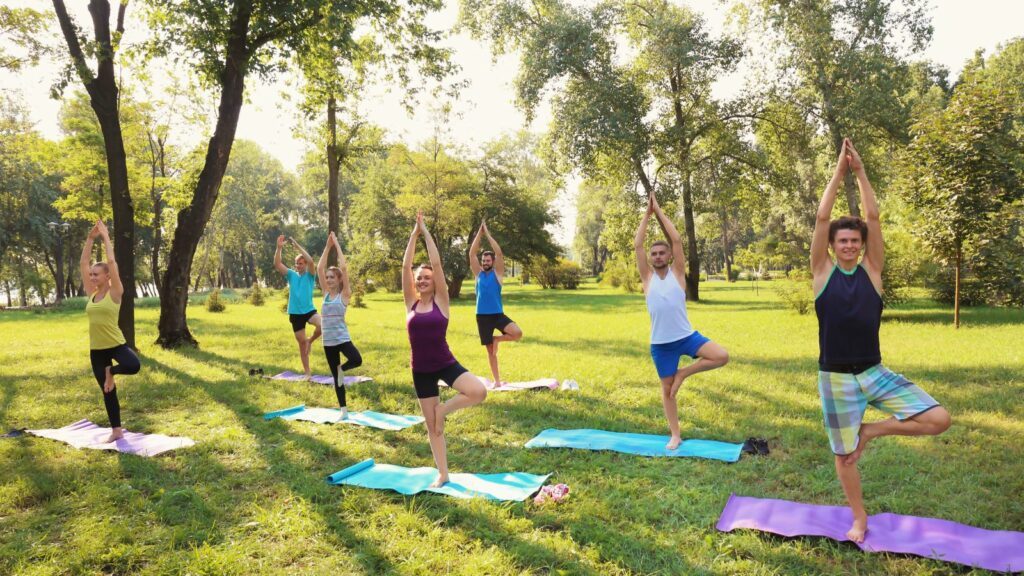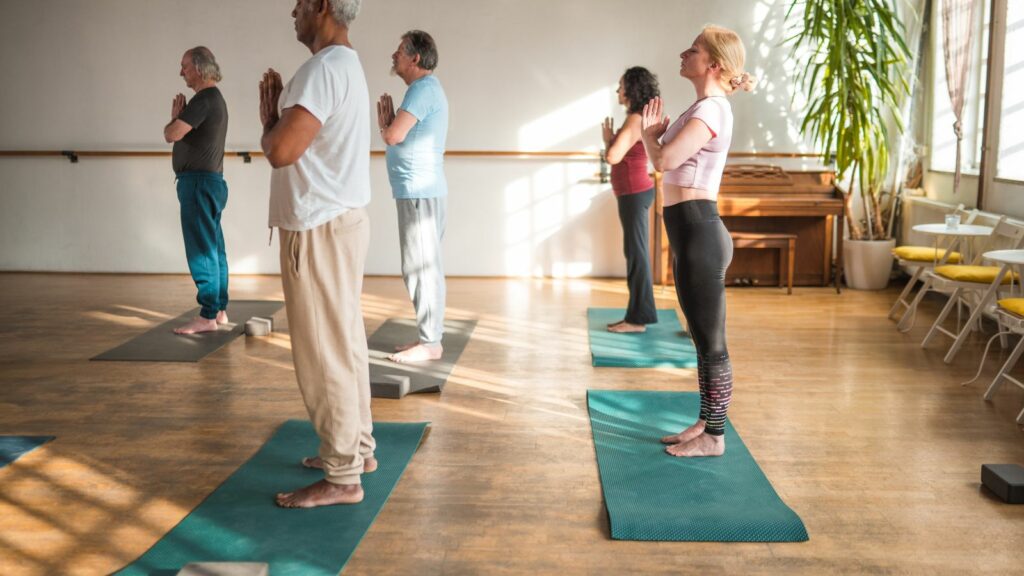In the bustling rhythm of modern life, maintaining an active lifestyle has become more than a trend—it’s a necessity. Welcome to the world of “active wellness,” a holistic approach to health that’s gaining traction worldwide. This concept isn’t about quick fixes or fad diets; it’s about making long-term, sustainable changes for a healthier, more vibrant life.
Active wellness integrates physical activity, mindful eating, and mental well-being into one comprehensive lifestyle. It’s not just about getting fit—it’s about staying well in all aspects of life. So, whether you’re a fitness enthusiast or a wellness novice, this article will guide you through the principles of active wellness and how you can incorporate them into your daily routine.
Active Wellness
Active wellness represents a holistic approach geared towards a healthier lifestyle. It’s a regimen rooted in comprehensive well-being, merging physical activity, mental stability, and mindful eating into an allencompassing health strategy. Instead of pushing for short-term fitness goals, it stresses the necessity of long-term, sustainable changes. For instance, rather than merely focusing on aerobic exercises for calorie-burning, active wellness includes strength training and flexibility exercises to boost overall physical health.

Active wellness also extends its roots into mindful eating. Instead of strict, detrimental dieting protocols, it promotes balanced and nutritious food habits. For example, one might substitute refined grains with whole grains or replace saturated fats with healthier unsaturated fats.
The most crucial aspect of active wellness might be its emphasis on mental well-being. By integrating mindfulness practices, such as meditation and yoga, it tends to alleviate stress, boosting mental health.
The Importance of Active Wellness in Daily Life
Active wellness shouldn’t be seen as just another trending fitness mantra. It’s a lifestyle, fortified with enriching habits that contribute significantly to improved health and heightened life quality.
For starters, it aids physical health improvement directly. Regular physical activity wards off myriad health issues, such as heart diseases, diabetes, and obesity, among others. For instance, a brisk walk for at least 30 minutes a day can reduce the risk of chronic illnesses and enhance cardiovascular health.
Complementing physical health, active wellness fortifies mental well-being. Activities such as meditation or outdoor walks help reduce stress levels, ultimately leading to improved focus and increased productivity.
Key Components of Active Wellness
Active wellness is a multifaceted concept, intertwining various aspects of physical and mental health. This section emphasizes three integral strands of this complex tapestry—physical activity, nutrition and diet, and mental health strategies.

Engaging in regular physical activity defines active wellness. Exercise plays a pivotal role, with aerobic activities (such as walking, running, or cycling), resistance training (for example, weight lifting), and flexibility exercises (like yoga or pilates) comprising the trinity of a balanced activity plan. Incorporating these activities offers a robust fitness regime, fosters cardiovascular health, enhances muscle strength, and promotes flexibility.
Nutrition and Diet
Active wellness doesn’t just stop at physical fitness, diet and nutrition form an equally significant ingredient in this recipe. Consuming a diet plentiful in fruits, vegetables, whole grains, lean proteins, and healthy fats provides the necessary fuel for the body. Restricting processed foods, sugars, and unhealthy fats fosters optimal metabolical functioning. A well-balanced diet fosters not just physical health, but cognitive function, too.
Benefits of Embracing Active Wellness
Embracing the principles of active wellness yields multifaceted benefits. These advantages resonate at the level of physical health, mental wellbeing, as well as influencing longevity and quality of life in striking ways.

Active wellness promotes significant improvement in physical health. Incorporating elements such as regular exercise, specifically incorporating aerobic activities, strength training, and flexibility exercises, into a daily routine boosts cardiovascular health, strengthens muscles, and enhances flexibility.
For instance, The World Health Organization cites persistent physical activity as a key strategy in combating global obesity. Furthermore, mindful eating, a cornerstone of active wellness, helps maintain an optimal weight by encouraging a diet that is rich in fruits, vegetables, lean proteins, and healthy fats while eliminating processed foods.

